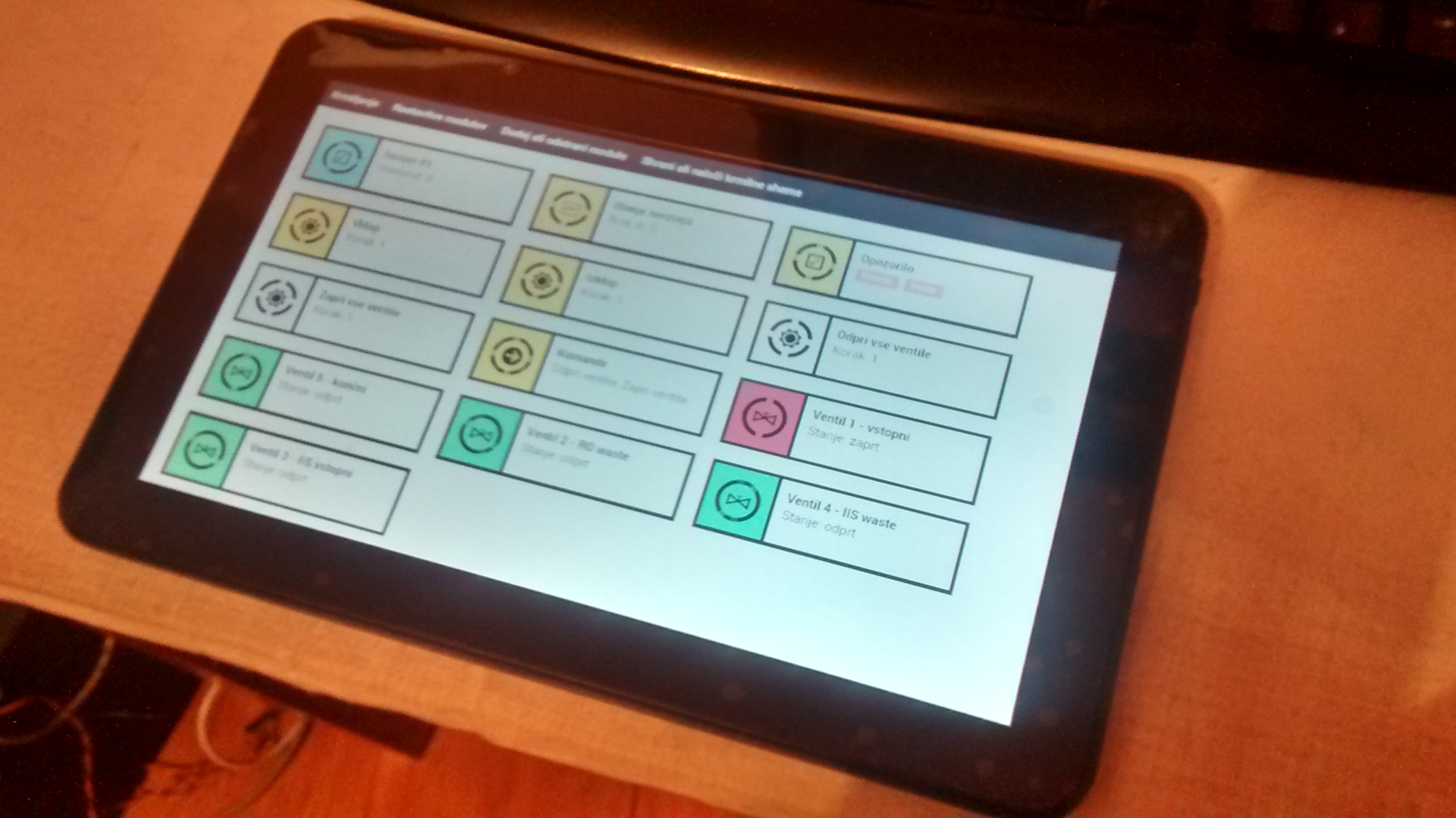Hi,
Another one of my failed projects from my past is LARES, an automation framework I designed along with two coworkers. Basically we had a team, an electronics guy, a mechanical engineer and me, the software developer. In an unfortunate example of what happens to a project when you gloss over the requirement of a manager and a marketing person, what resulted is that I wrote the software but nobody else on the team did anything else. This happened in spite of the fact that we had a customer and working prototypes.
Past regrets aside, this does mean that I now have an automation framework software I don’t have a use for. Considering the point that it would a greater failure to let it go to waste because the project didn’t work out, I converted the software to open source (and the demo hardware has been used for various other things as well):
https://gitlab.com/dustwolf/lares
I figure that most people would rather write their own framework than use an existing one, allow me to try to sell you my framework. What is an automation framework? Well, the defacto solution for automation these days is by that German S company who’s name I will not mention for copyright reasons. Their all capitals product became synonymous with automation, automating anything from industrial machinery to things like HVACs and, oh I don’t know uranium centrifuges in Iran. The problem with this brand is that it is $$$. My automation framework attempts to deliver the same kind of service for less than 10% of the price.
This is accomplished by using off the shelf components which can easily be replaced if they fail. By this I mean PCs, routers, Ethernet switches and various purpose-made IoT devices such as Arduino boards or other types of Ethernet-connected A/D or relay boards.
The framework, running on the PC is composed of a background service that runs the hardware drivers and whatever automation is required to bring the hardware to the state indicated in the internal database. The second part is the foreground that runs while the user is viewing it, and it’s role is to take user inputs and relay them into the internal database.

The whole thing is compartmentalised into these boxes, with engineering symbols on them. Each box represents both the background and foreground components of the corresponding hardware component, or abstract concept, depending on what you’re trying to do. This is simplifies to the process of automation to a game with the blocks of that four letter L company, the brand name of which I am not going to name either. A few sensor blocks, a few valve blocks and a regulator block or two come together to automate the process of generating clarified water, or whatever process it is that you wanted to automate.
This interface is web-based, which means it can be viewed on anything that can be connected to the network. It can be shared over the Internet, to coordinate multiple factories over long distance or whatever you want. The preferred control device, we envisioned for the framework being a cheap wireless consumer-grade tablet. It has a touchscreen so the user can just tap the screen and the tablet is portable, or could be mounted onto an arm with a charging cable. If you are working in an explosive environment, there are EX certified tablets.

I should probably mention that yes it actually works and I have previously worked in companies where we built such things for commercial clients. This was intended to be a commercial product, it just never got off the ground.
I’ve abandoned the project long ago, and as such the source code is not in a great state, being mostly in Slovenian and well partially translated. If someone on the Internet would actually like to use it I’d be motivated to at least finish the translation project.
If not, at least I presume someone has a chance to find it now and know that it has existed. Thank you.
LP,
Jure